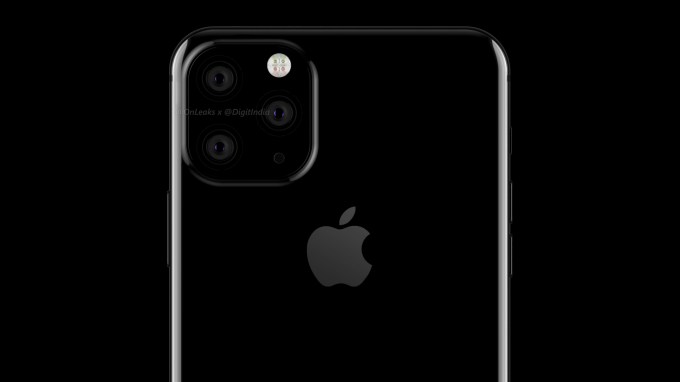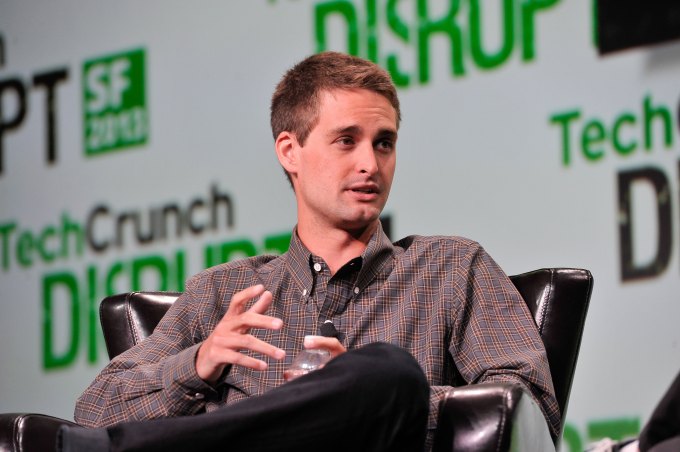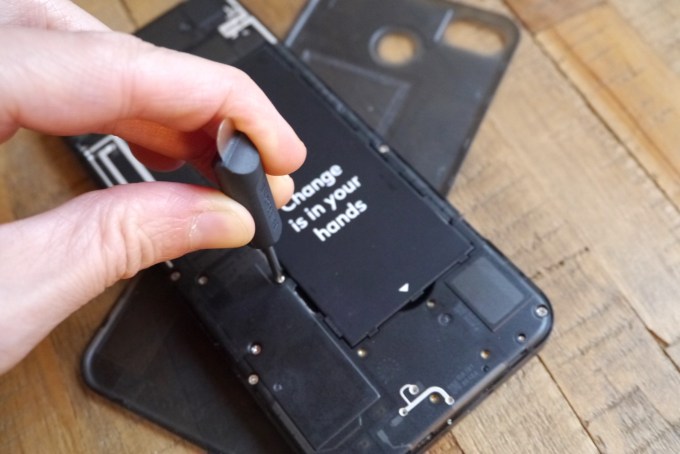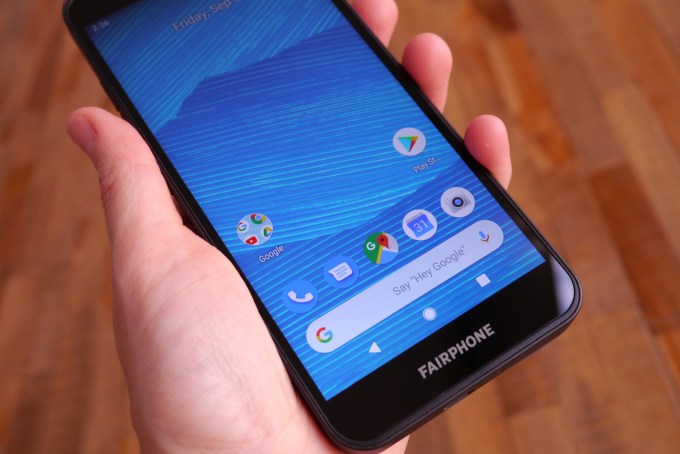In 2001, Naspers, a media company that launched in 1915 and later evolved into a media holding company with pay TV interests, agreed to invest $32 million for a 46.5% stake in Tencent. The China-based company had been founded just three years earlier, and, as Quartz notes in a 2014 story about the deal, Tencent wasn’t a brand that many aside from users of its instant messaging platform, QQ, knew at the time.
Of course, given Tencent’s wild growth, it has largely come to define Naspers . Consider that today, Tencent is a roughly $410 billion company, and though Naspers has sold off some of its holdings in the company over the years, it still owns a little more than 30% of Tencent for a stake currently worth roughly $120 billion.
The story is not so unlike that of SoftBank, which made an early, $20 million bet on a nascent China-based company called Alibaba in 2000. Though SoftBank has sold some of its ownership in the company, including to fund an acquisition of acquisition of the British chip designer ARM in 2016, it maintains a 26% stake worth roughly $100 billion.
The bets have proved a blessing but also a challenge for both companies as they work to create valuable portfolios that correlate less closely with these home runs.
For its part, Naspers is finding a number of ways to buffer itself, including, most notably, carving out a new holding company called Prosus NV that’s due to list in Amsterdam this week and that features Nasper’s stakes in the online classifieds business OLX, the Craigslist competitor Letgo, as well as Nasper’s massive piece of Tencent.
Prosus also holds stakes in numerous social networking, food delivery, payments, online travel bookings, and other companies, packaging together its shares in roughly 20 different companies altogether.
It’s a huge deal for Naspers, which is spinning off Prosus to lessen its own dominance of Johannesburg’s stock exchange where it trades, and to minimize the valuation gap between itself and its stake in Tencent. It’s also a highly unusual listing, including because the value of the shares is largely established already (given that they currently trade within Naspers).
Luckily, CEO Bob Van Dijk is joining us at TechCrunch Disrupt in early October to talk about Naspers and Prosus and to help us understand this fairly novel and important effort for the company.
Yet that’s not all we want to know. We want to better understand how the company thinks about new investments, including how it views different sectors and different geographies.
We want to hear what Naspers thinks of the SoftBank’s investing strategy. (Among other things, the two coinvested in Flipkart, which proved a lucrative bet for both. Naspers sold an 11% stake in the company last year for $2.2 billion after investing $616 million. SoftBank sold its 20% stake for roughly $4 billion after investing $2.5 billion into the company.)
We also want to learn more about Phuthi Mahanyele-Dabengwa, the recently appointed CEO of Nasper’s South African unit — and the company’s first female and first black chief executive.
For these reasons and many others, we can’t wait to sit down with Van Dijk during our upcoming show. If you’re curious about where the big money is moving around the world, this is one conversation you won’t want to miss. Disrupt SF runs October 2-4 at the Moscone Center in San Francisco. Tickets are available here.
( function() {
var func = function() {
var iframe = document.getElementById(‘wpcom-iframe-661cf9b1b8f85f5aae09b8946cafadba’)
if ( iframe ) {
iframe.onload = function() {
iframe.contentWindow.postMessage( {
‘msg_type’: ‘poll_size’,
‘frame_id’: ‘wpcom-iframe-661cf9b1b8f85f5aae09b8946cafadba’
}, “https://tcprotectedembed.com” );
}
}
// Autosize iframe
var funcSizeResponse = function( e ) {
var origin = document.createElement( ‘a’ );
origin.href = e.origin;
// Verify message origin
if ( ‘tcprotectedembed.com’ !== origin.host )
return;
// Verify message is in a format we expect
if ( ‘object’ !== typeof e.data || undefined === e.data.msg_type )
return;
switch ( e.data.msg_type ) {
case ‘poll_size:response’:
var iframe = document.getElementById( e.data._request.frame_id );
if ( iframe && ” === iframe.width )
iframe.width = ‘100%’;
if ( iframe && ” === iframe.height )
iframe.height = parseInt( e.data.height );
return;
default:
return;
}
}
if ( ‘function’ === typeof window.addEventListener ) {
window.addEventListener( ‘message’, funcSizeResponse, false );
} else if ( ‘function’ === typeof window.attachEvent ) {
window.attachEvent( ‘onmessage’, funcSizeResponse );
}
}
if (document.readyState === ‘complete’) { func.apply(); /* compat for infinite scroll */ }
else if ( document.addEventListener ) { document.addEventListener( ‘DOMContentLoaded’, func, false ); }
else if ( document.attachEvent ) { document.attachEvent( ‘onreadystatechange’, func ); }
} )();
Source: Tech Crunch













